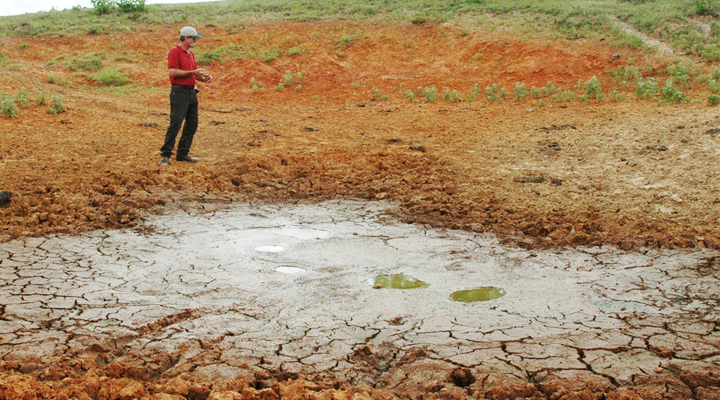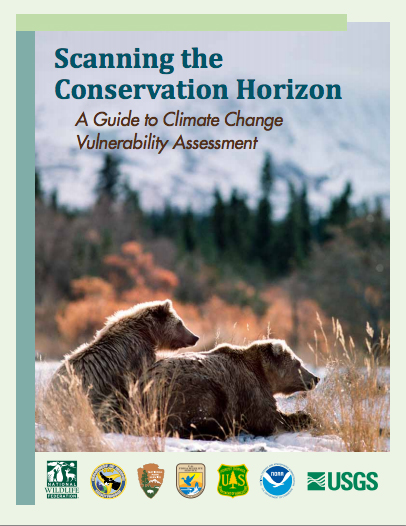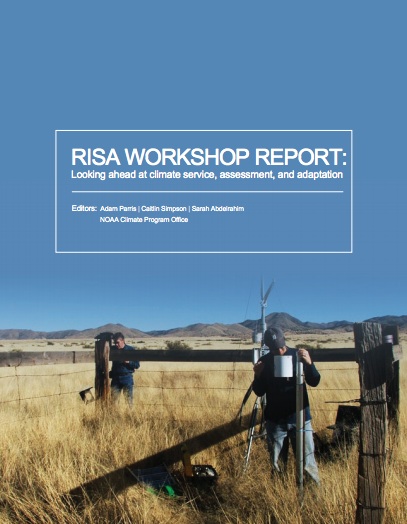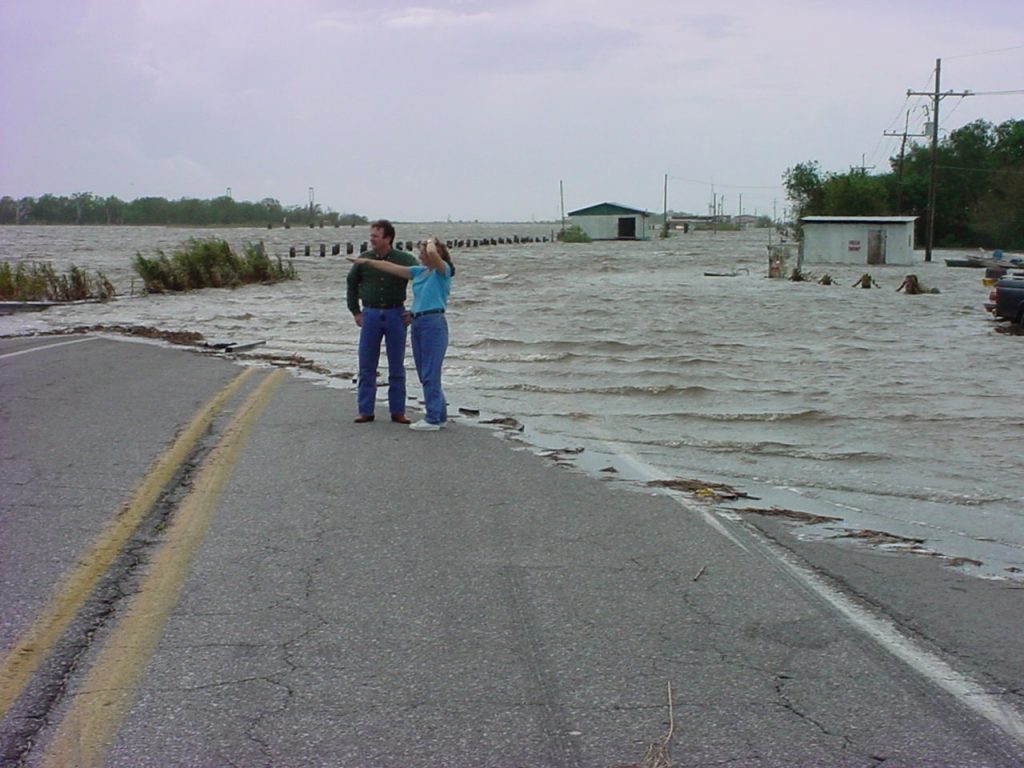This webinar is part of a series featuring NOAA Climate and Global Change (C&GC) Fellows in the NOAA Science Seminar Series. C&GC is supported by NOAA’s Climate Program Office and managed by The Cooperative Programs for the Advancement of Earth System Science (CPAESS) within the University Corporation for Atmospheric Research (UCAR). Dr. Melissa Breeden is a research scientist at the Cooperative Institute for Research in Environmental Sciences (CIRES) at CU Boulder and the NOAA Physical Sciences Laboratory, where she studies subseasonal-to-seasonal prediction and predictability of variables relevant to hydroclimate. Before joining CIRES in 2021, Melissa was a NOAA Climate and Global Change postdoctoral fellow at the NOAA Chemical Sciences Laboratory, where she studied the variability of deep stratosphere-to-troposphere exchange. She earned her B.S. and Ph.D. degrees in Atmospheric and Oceanic Sciences at the University of Wisconsin-Madison in 2013 and 2018, respectively.


Fig. 1: Anomaly correlation coefficient (ACC) for weeks 3-4 forecasts, evaluated from January – March 1982-2020. Panel a) shows ACC for all dates in the record and b) ACC for the 20% of forecasts initialized with the highest expected skill. The black stippling indicates where the skill of the top 20% of forecasts in each group is statistically significantly different from the skill of the remaining 80% of forecasts at the 95% confidence level, determined nonparametrically with bootstrapping.
Southwest Asia (Fig. 1) is a semi-arid region that includes several food-insecure countries where cool season precipitation determines the water available for agriculture and consumption. Consequently, subseasonal precipitation forecasts in support of the Famine Early Warning Systems Network are provided for southwest Asia from November to May. Forecasts are generated using a linear stochastic model – namely a linear inverse model – which can assess the confidence of its own forecasts based on the forecast signal-to-noise ratio. We find that forecasts with high confidence are more skillful than the remaining forecasts (Fig. 1b), and that the likelihood of a high confidence forecast increases related to Niño3.4 and RMM index values, used to consider El Niño-Southern Oscillation (ENSO) and Madden-Julian Oscillation (MJO) events of appreciable amplitude. Consistent with past research, La Niña conditions and MJO phases 2-3 often precede anomalously dry forecasts, while El Niño conditions and MJO phases 6-7 precede anomalously wet forecasts.





